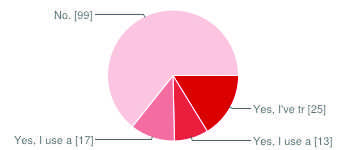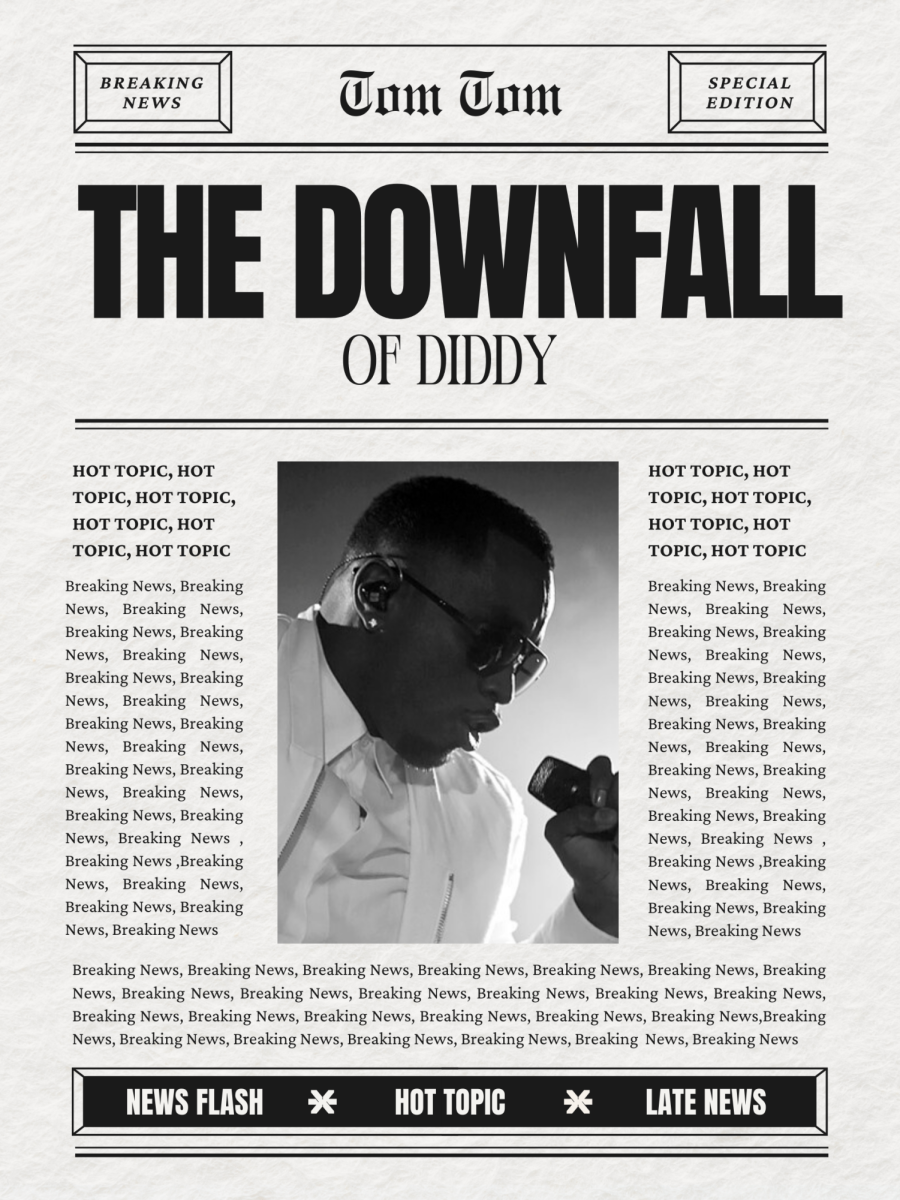With the promise of being a safe alternative to smoking while keeping the nicotine high and none of the unpleasantries, vaporizers are becoming big business and wildly popular; Antioch Community High School included. But, being as new as vaporizers are, most people understand very little about them. With concerns ranging from health risks to underage use, vaporizers are far from not being controversial. With very limited research, few laws directly address the products and there is no decisive guidance from government agencies. Consumers, in many ways, have been left at the mercy of the companies that make the vaporizers, many of which hold ties to the tobacco industry.
One issue that has both the proponents and opponents in agreement is underage use. It’s not just the use that has many concerned though, it’s where the use is taking place. Reports of teens using vaporizers in school bathrooms, locker rooms and even classrooms are becoming more common. In a recent survey of 142 Antioch Community High School students, 73 percent of respondents have seen someone use a vaporizer in school. Furthermore, 39 percent of respondents see students use vaporizers in school on a regular basis; eleven percent admitted to having used a vaporizer in school themselves. It’s also worth noting that respondents were not guaranteed anonymity in their responses, although the survey was conducted anonymously. National surveys on high school drug use indicate that about 36 percent of high school seniors have used marijuana in the last year and about 18 to 23 percent use tobacco. The survey of ACHS students found that 34.5 percent of respondents have used a vaporizer.
Are you familiar with vaporizers?
Do you know anyone who uses a vaporizer?
Have you ever used a vaporizer?
Have you ever used a vaporizer at school?
Have you ever seen someone use a vaporizer at school?
“[ACHS] views [vaporizer use] as any kind of paraphernalia used for smoking anything so it falls under a kind of catch-all category in our tobacco, alcohol and other drug discipline policy. It doesn’t necessarily matter what [the vaporizer] is being used for now [because] we know what it could be used for so we have a policy against having them. [Student vaporizer use concerns our administration] greatly and I think there’s a lot of unknowns about them,” said Bradford Hubbard, ACHS principal.
While the safety of vaporizing is still inconclusive, the safety of its active ingredient nicotine is not. While the inhalation of nicotine via vaporizing is not thought to be as harmful as smoking tobacco, the danger of handling the e-liquid that vaporizers use is another story.
“In terms of the immediate poison risk, e-liquids are far more dangerous than tobacco, because the liquid [and nicotine] is absorbed more quickly, even in diluted concentrations… Nationwide, the number of [poison control] cases linked to e-liquids jumped to 1,351 in 2013, a 300 percent increase from 2012, and the number is on pace to double this year, according to information from the National Poison Data System,” said Matt Richtel in his article “Selling a Poison by the Barrel: Liquid Nicotine for E-Cigarettes” in the New York Times.
“Tiny amounts [of nicotine], whether ingested or absorbed through the skin, can cause vomiting and seizures and even be lethal. A teaspoon of even highly diluted e-liquid can kill a small child,” said Richtel.








